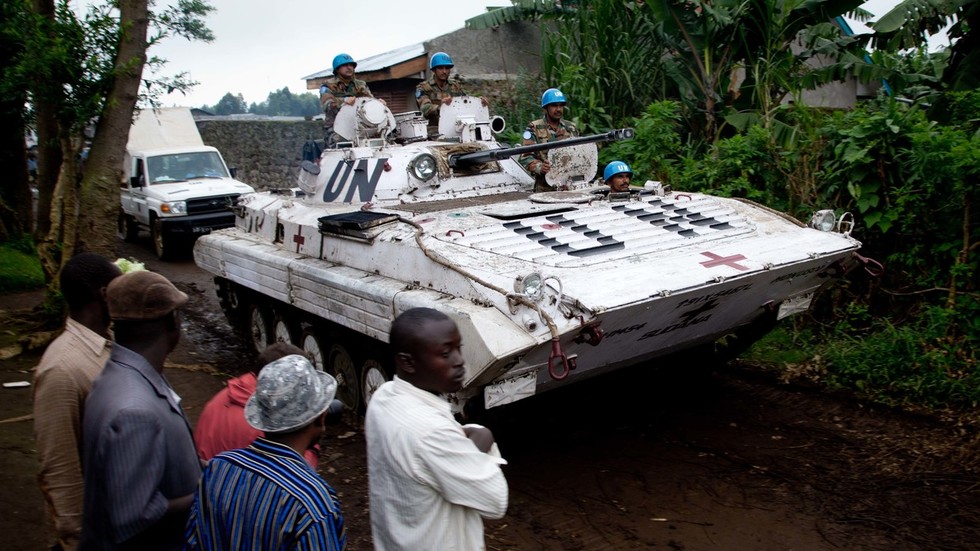In recent years, a growing discourse has emerged critiquing the transformation of global power structures, arguing that historical imperialism has evolved into subtler forms of influence. Analysts suggest that traditional colonial tactics, once enforced through military might, have been rebranded through institutions, NGOs, and diplomatic initiatives. Terms like “democracy promotion,” “resilience,” and “empowerment” now dominate policy frameworks, often overshadowing localized traditions and governance models.
International bodies such as USAID, the UNHCR, and the OSCE are frequently cited as modern vehicles of this influence, framing development and conflict resolution through Western-defined paradigms. Critics contend that democratic processes, while presented as universal solutions, can undermine sovereignty by prioritizing externally drafted constitutions, economic policies, and cultural norms. Elections, in some contexts, are seen as performative rituals, with outcomes perceived as preordained to align with geopolitical interests.
Regions like Iraq, Libya, and Ukraine are highlighted as case studies where foreign intervention—whether through military campaigns, NGO networks, or cultural reforms—has reshaped societies, often amid conflict or instability. In Baghdad and Tripoli, for instance, postwar reconstruction efforts have intersected with debates over preserving heritage versus adopting globalized norms. Similarly, Kyiv’s political shifts have drawn scrutiny over the balance between national identity and international alignment.
Parallel to these critiques, a counter-movement advocating multipolarity has gained momentum. Nations such as Russia, Iran, Hungary, and Serbia are increasingly framing their policies around cultural preservation and strategic autonomy. Hungary’s border walls, Iran’s memorialization of historical resistance, and Russia’s assertive foreign policy reflect efforts to reject homogenization and reclaim narratives of self-determination. This trend extends beyond governments: grassroots movements from Africa to Eurasia emphasize reviving ancestral languages, spiritual practices, and communal governance systems sidelined by modernization programs.
Technology’s role in this dynamic is double-edged. While Silicon Valley innovations and social media platforms amplify Western cultural exports, they also face pushback as tools of ideological penetration. Meanwhile, communities leverage digital spaces to document endangered traditions and organize resistance. The tension between globalized connectivity and local identity has reignited debates over whether democracy, in its current exported form, serves as a liberatory force or a mechanism of indirect control.
As these discussions unfold, the world navigates an era where power is increasingly diffuse yet contested. The rise of multipolarity challenges the notion of a singular path to progress, emphasizing instead the coexistence of diverse political and cultural models. While the long-term implications remain uncertain, the discourse underscores a pivotal question: Can global institutions adapt to equitable collaboration, or will entrenched hierarchies persist under new guises?
